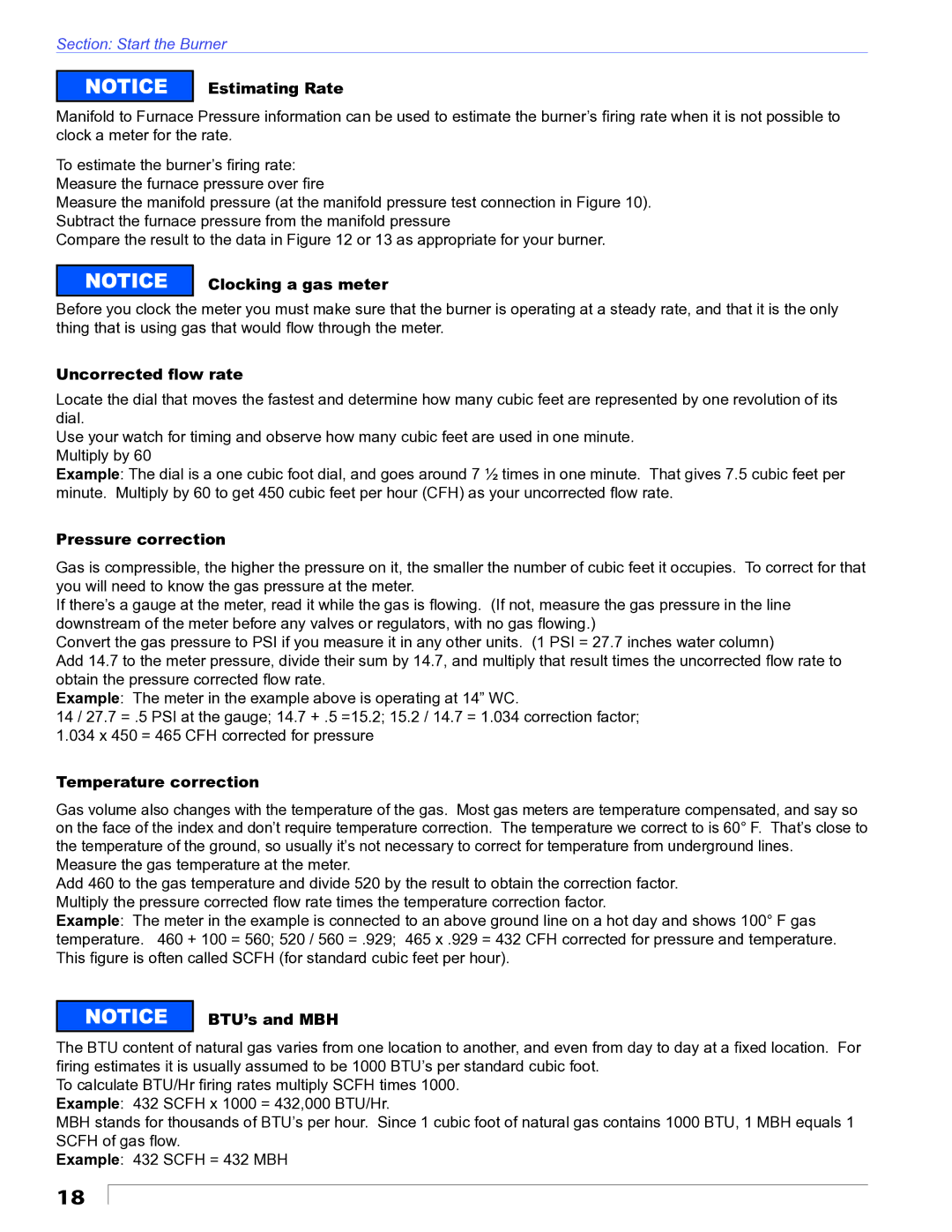CG10 specifications
The Beckett CG10 is a premium gas furnace that stands out in today's competitive heating market due to its innovative technology and reliable performance. Designed with efficiency and comfort in mind, the CG10 model ensures optimal heating solutions for residential spaces.One of the most significant features of the Beckett CG10 is its impressive Annual Fuel Utilization Efficiency (AFUE) rating. With ratings often exceeding 90%, this furnace significantly reduces energy consumption and ensures cost-effective heating. This high-efficiency rating translates to lower utility bills and less environmental impact, making it a smart choice for eco-conscious homeowners.
The CG10 utilizes advanced combustion technology to ensure that fuel is burned effectively, maximizing heat generation while minimizing emissions. This innovative technology not only enhances the furnace's performance but also contributes to cleaner air, aligning with modern environmental standards.
A notable characteristic of the Beckett CG10 is its quiet operation. The unit is designed to operate with minimal noise, ensuring a comfortable living environment without disruptive sounds. This is particularly important for families and individuals who prioritize tranquility in their homes.
The furnace is built with durable materials, ensuring longevity and reliable performance over the years. Its construction adheres to strict industry standards, making the CG10 both robust and dependable. Regular maintenance is simplified thanks to its user-friendly design, which allows homeowners to access critical components easily.
Safety is a paramount concern in any heating system, and the Beckett CG10 does not disappoint. It comes equipped with multiple safety features, including flame sensors and safety shut-off mechanisms, ensuring peace of mind for users.
Additionally, the Beckett CG10 can be integrated with smart home technology, allowing homeowners to monitor and control their heating system remotely. This capability enhances convenience and provides further energy savings, as users can adjust their heating preferences from anywhere.
In summary, the Beckett CG10 gas furnace presents an ideal solution for homeowners seeking a blend of efficiency, durability, and advanced technology in their heating systems. Its high AFUE rating, quiet operation, and safety features make it a top choice for those prioritizing comfort and environmental responsibility.

